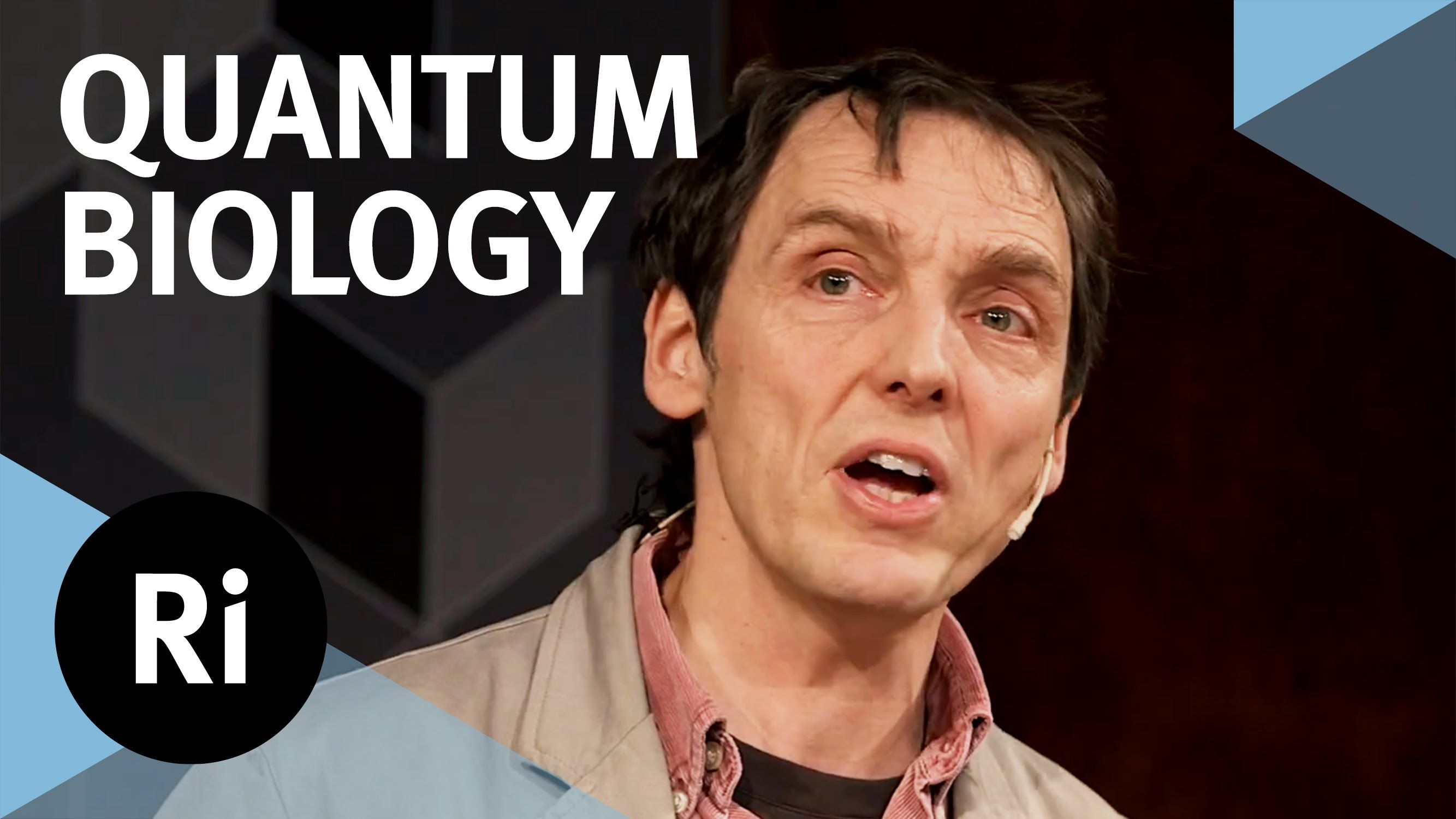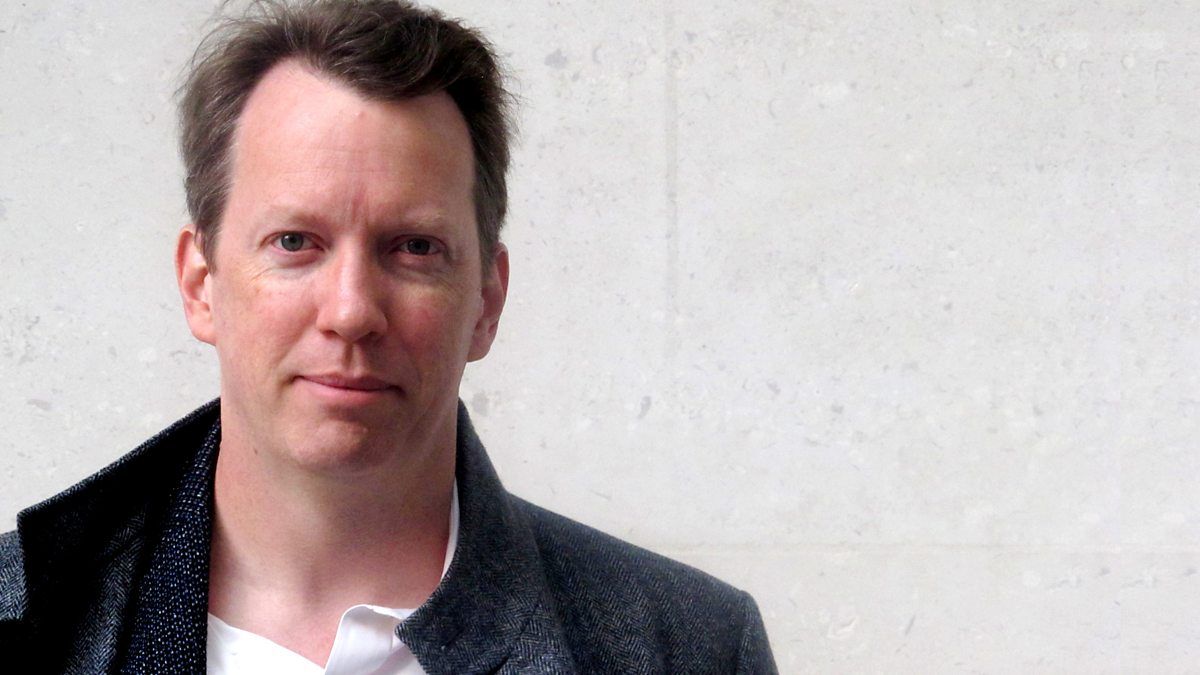Feb 8, 2017
Experiment Reaffirms Quantum Weirdness
Posted by Karen Hurst in categories: particle physics, quantum physics
Quantum’s natural selection explored.
There might be no getting around what Albert Einstein called “spooky action at a distance.” With an experiment described today in Physical Review Letters — a feat that involved harnessing starlight to control measurements of particles shot between buildings in Vienna — some of the world’s leading cosmologists and quantum physicists are closing the door on an intriguing alternative to “quantum entanglement.”
“Technically, this experiment is truly impressive,” said Nicolas Gisin, a quantum physicist at the University of Geneva who has studied this loophole around entanglement.

















